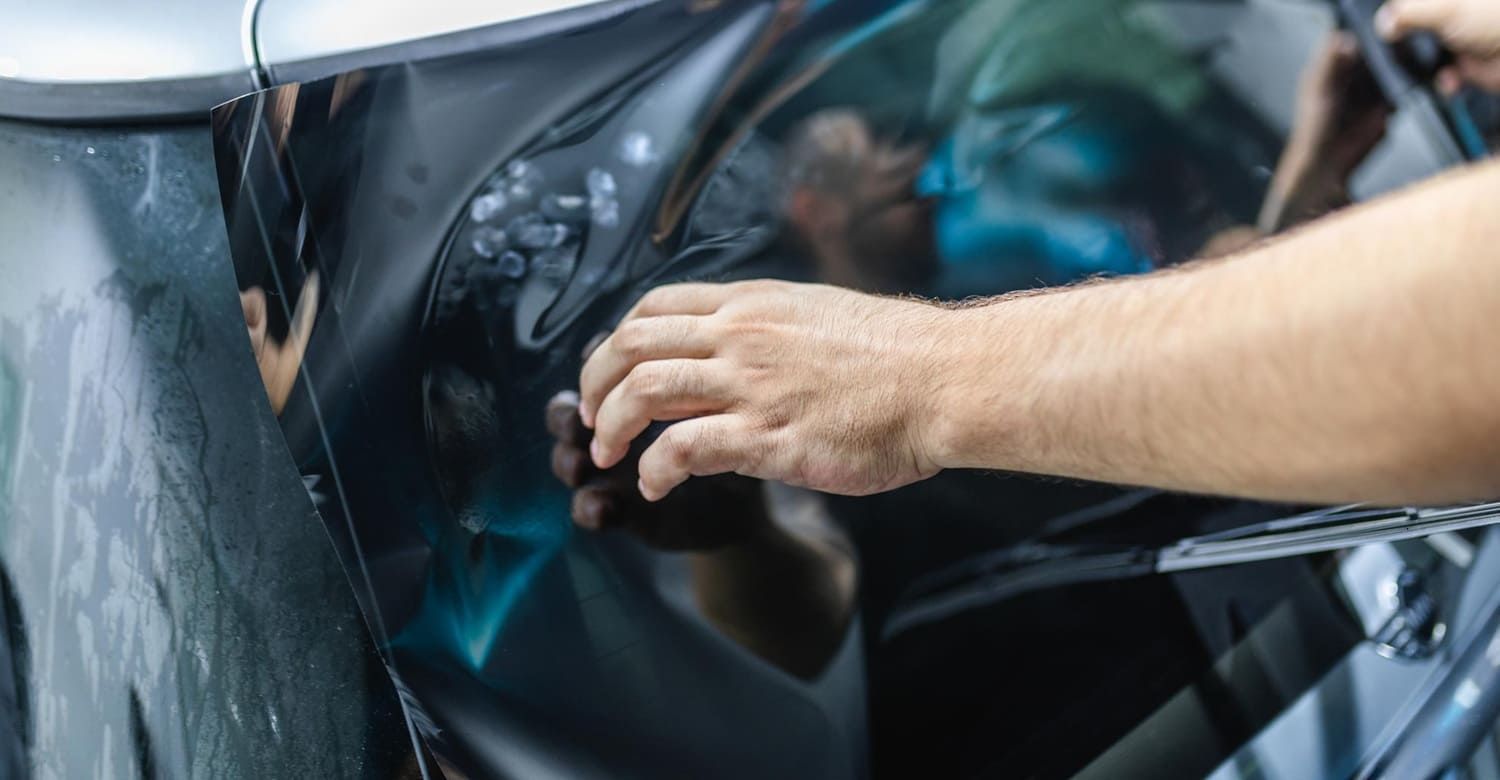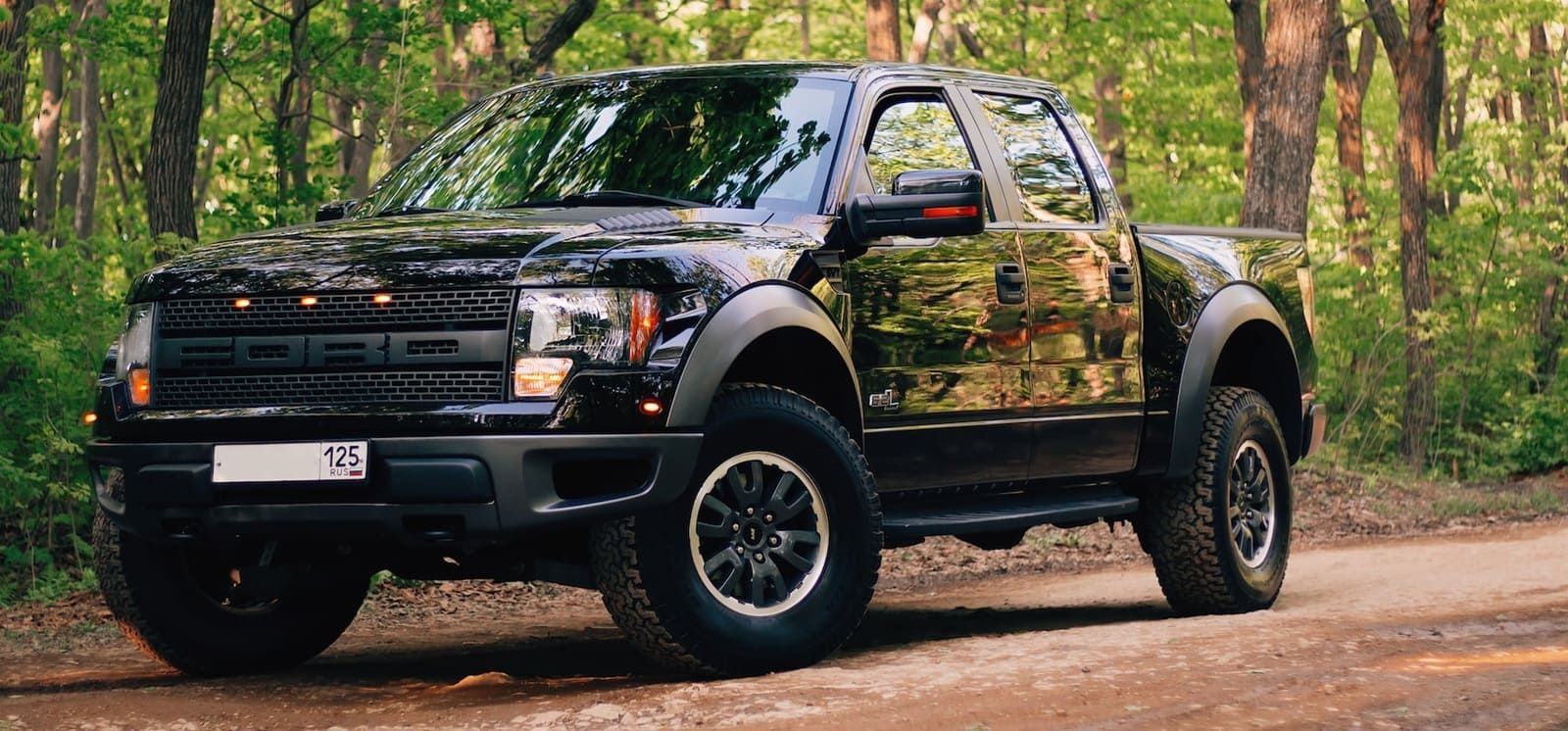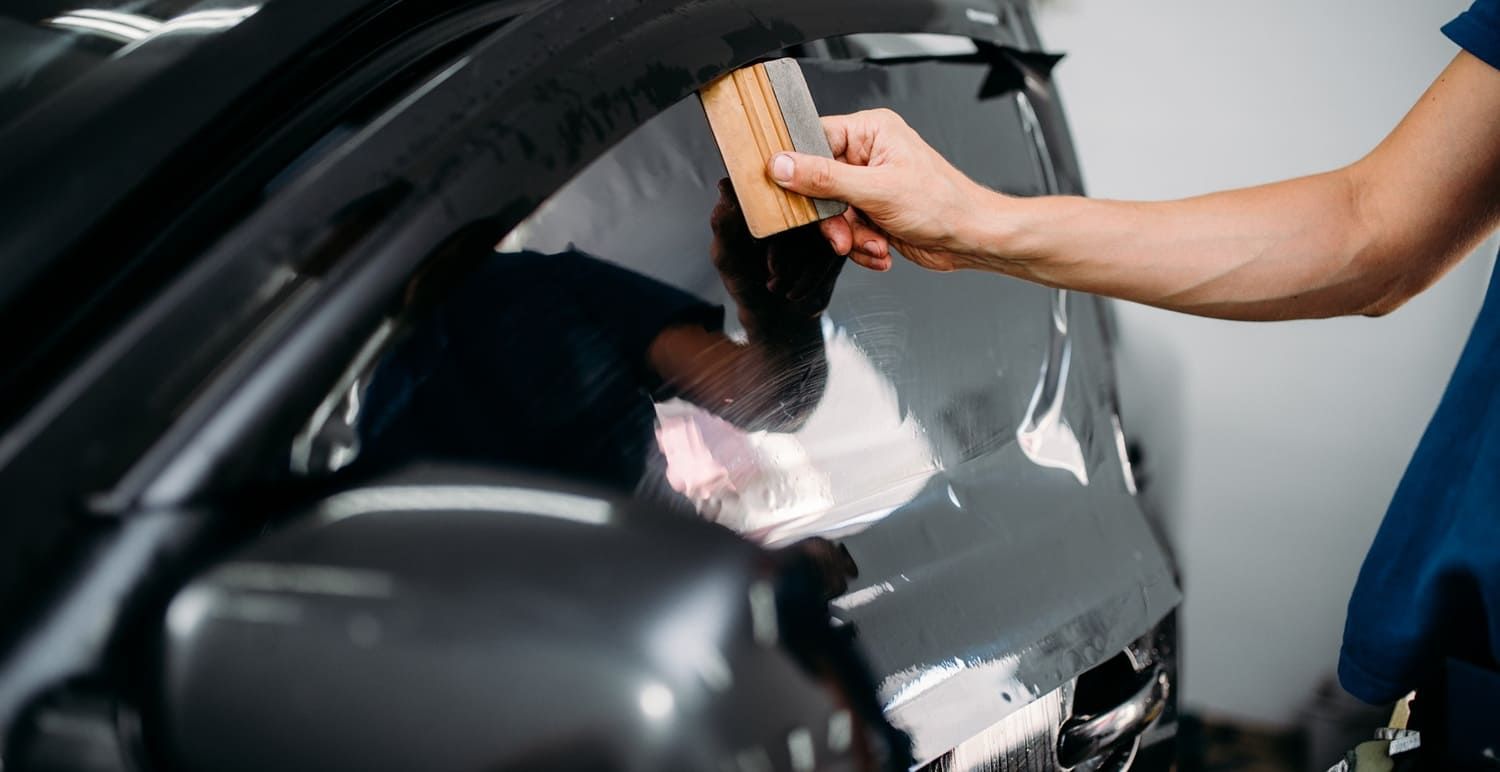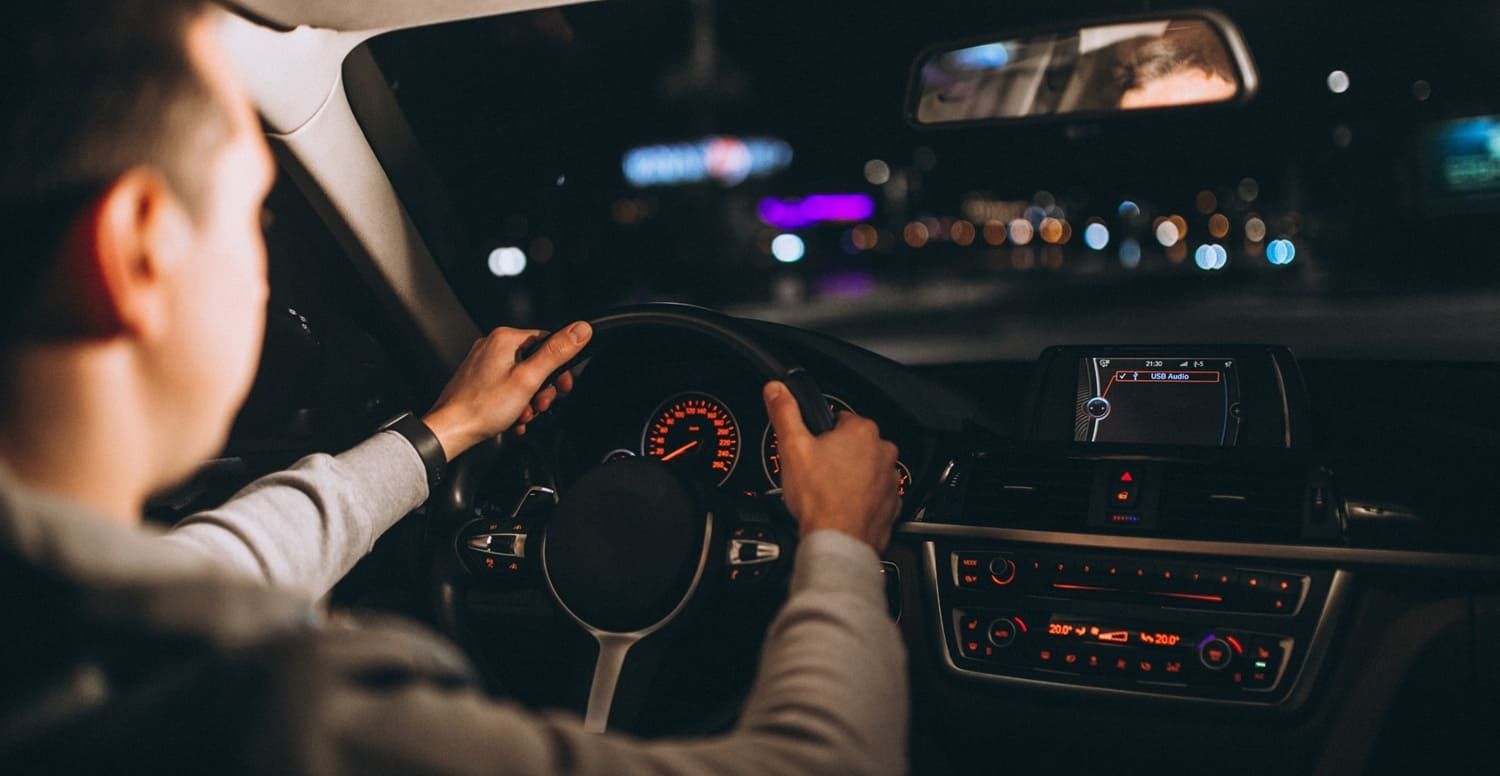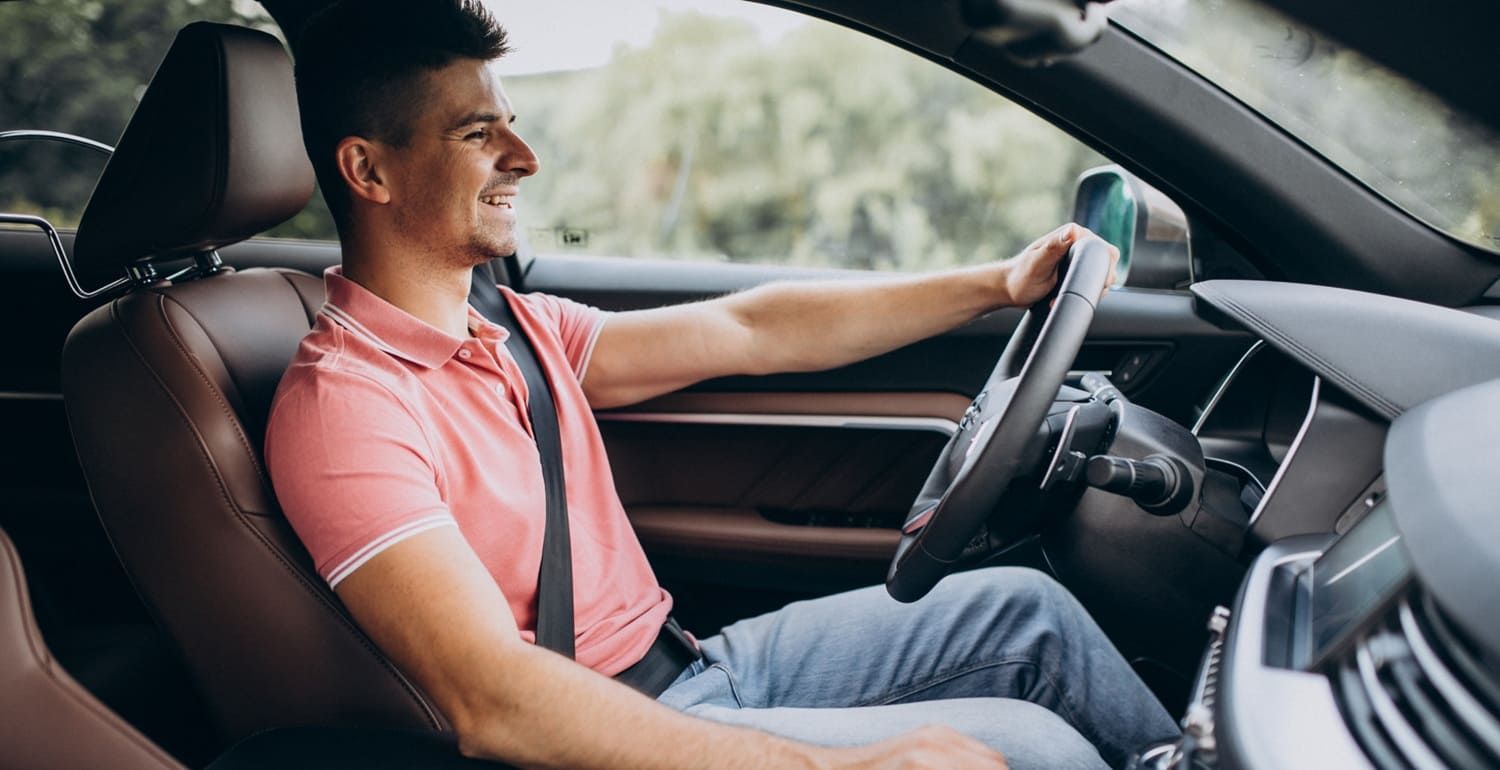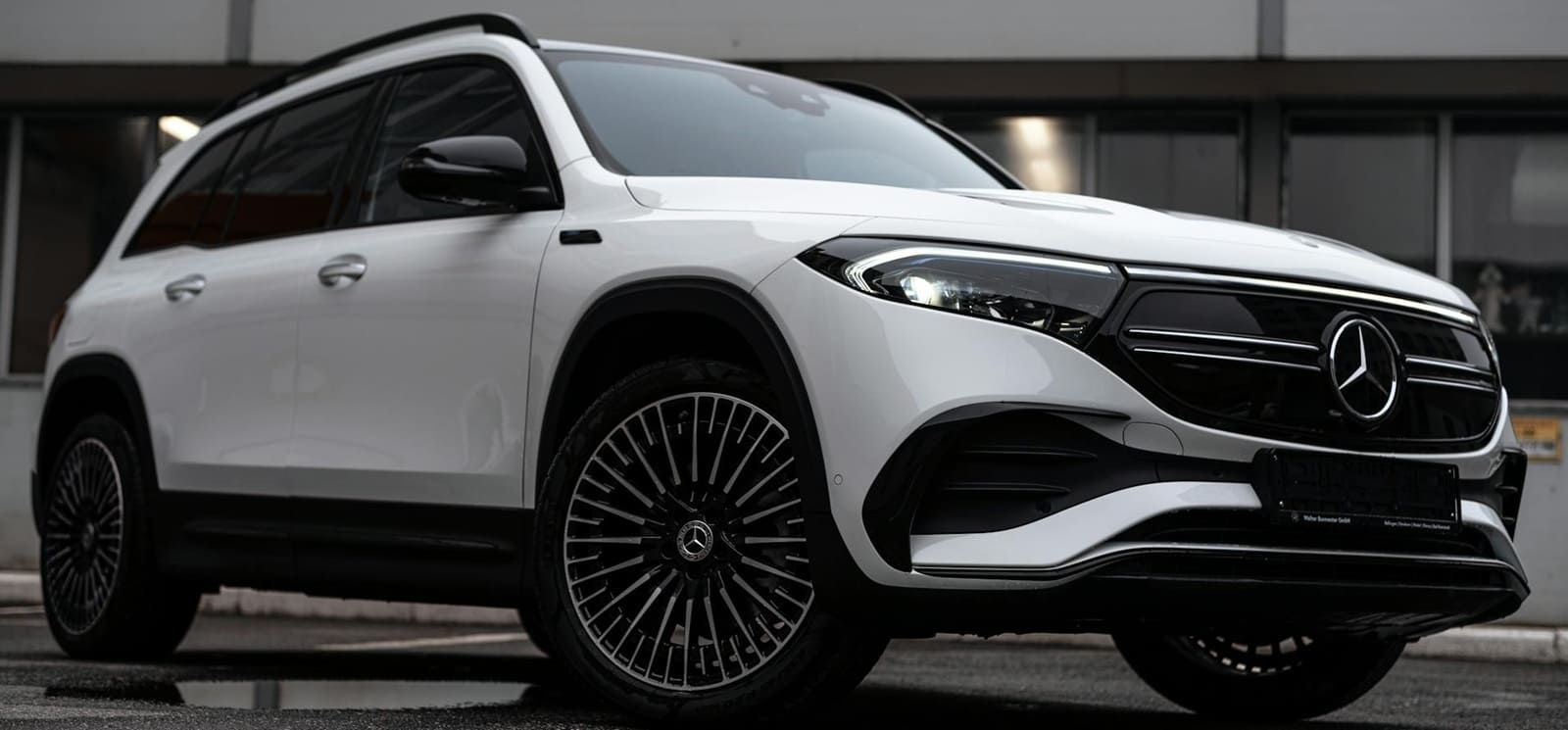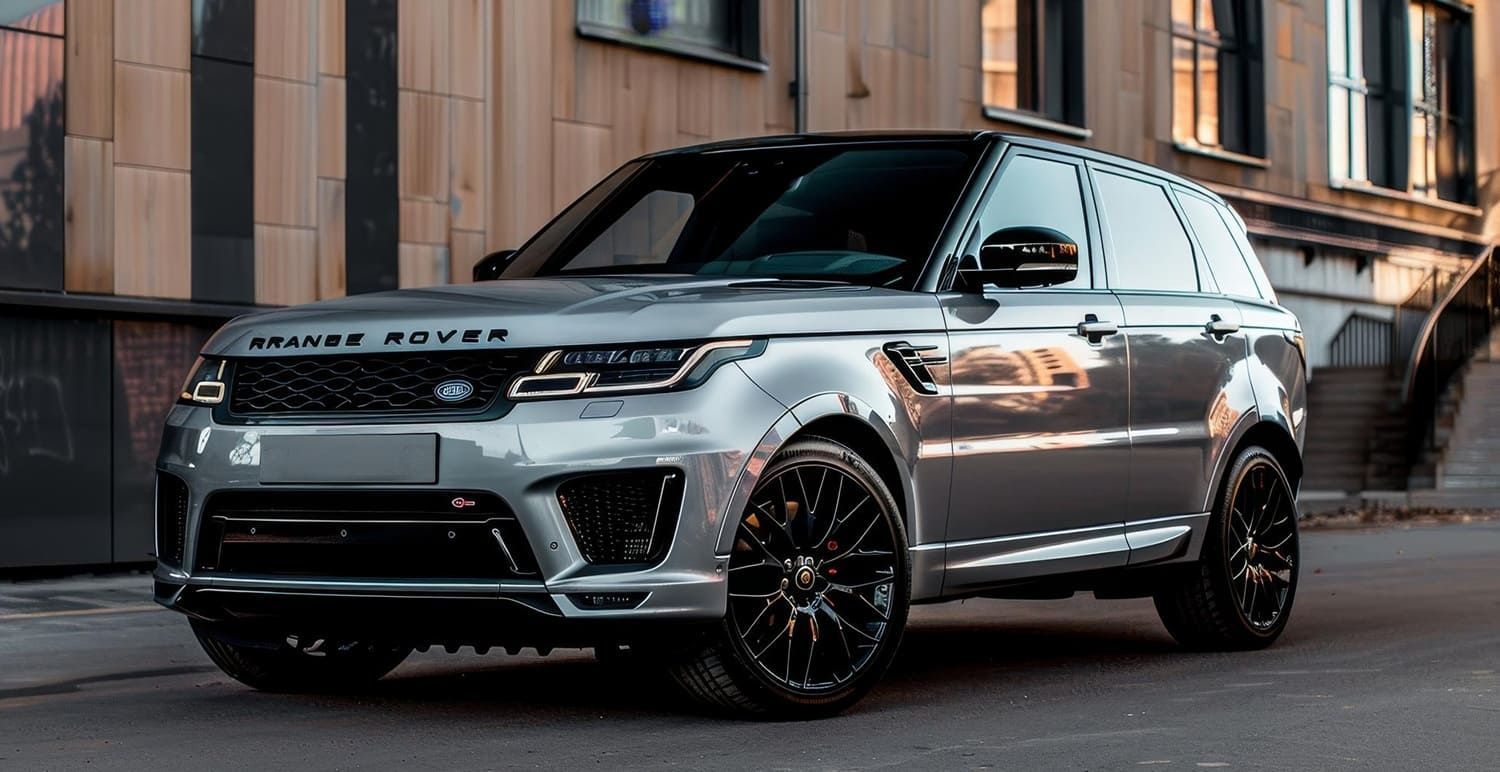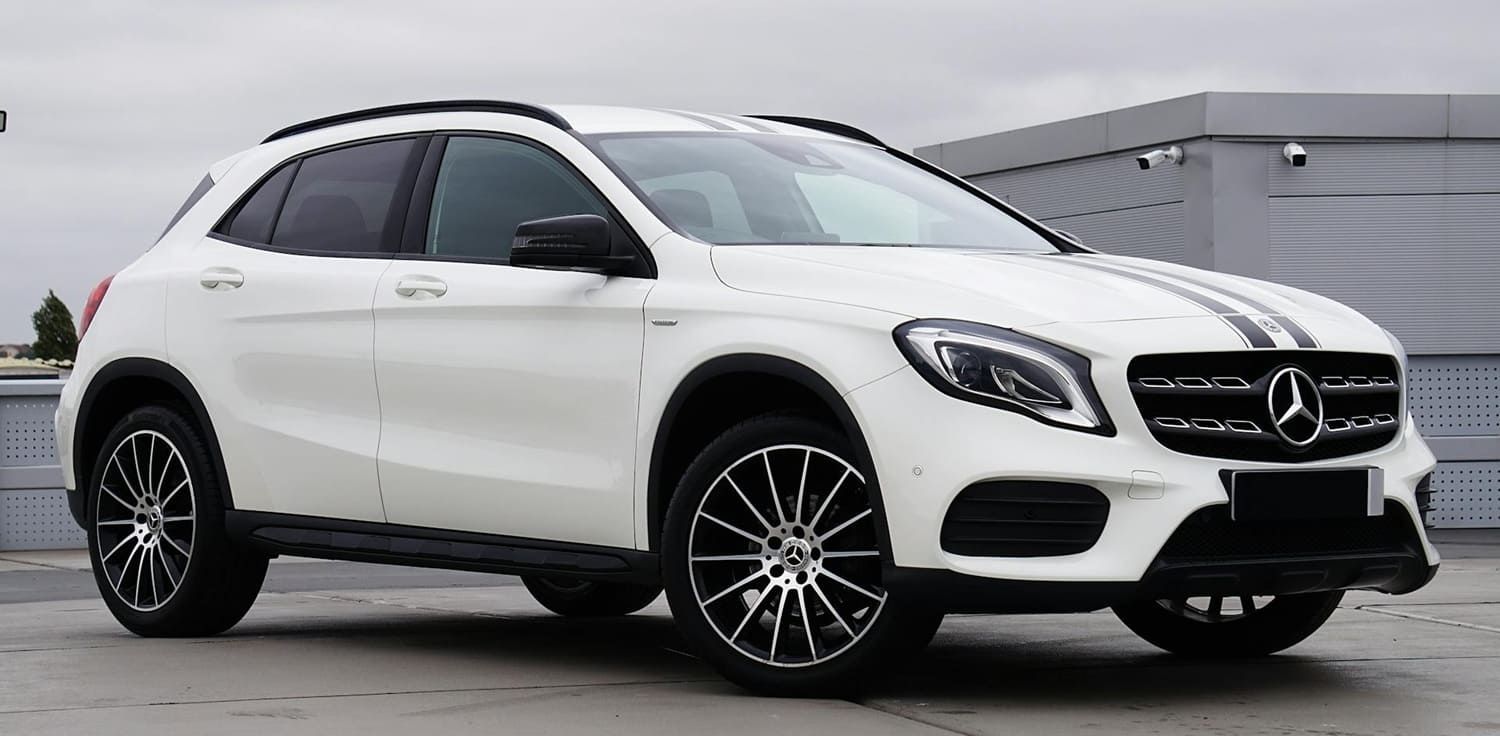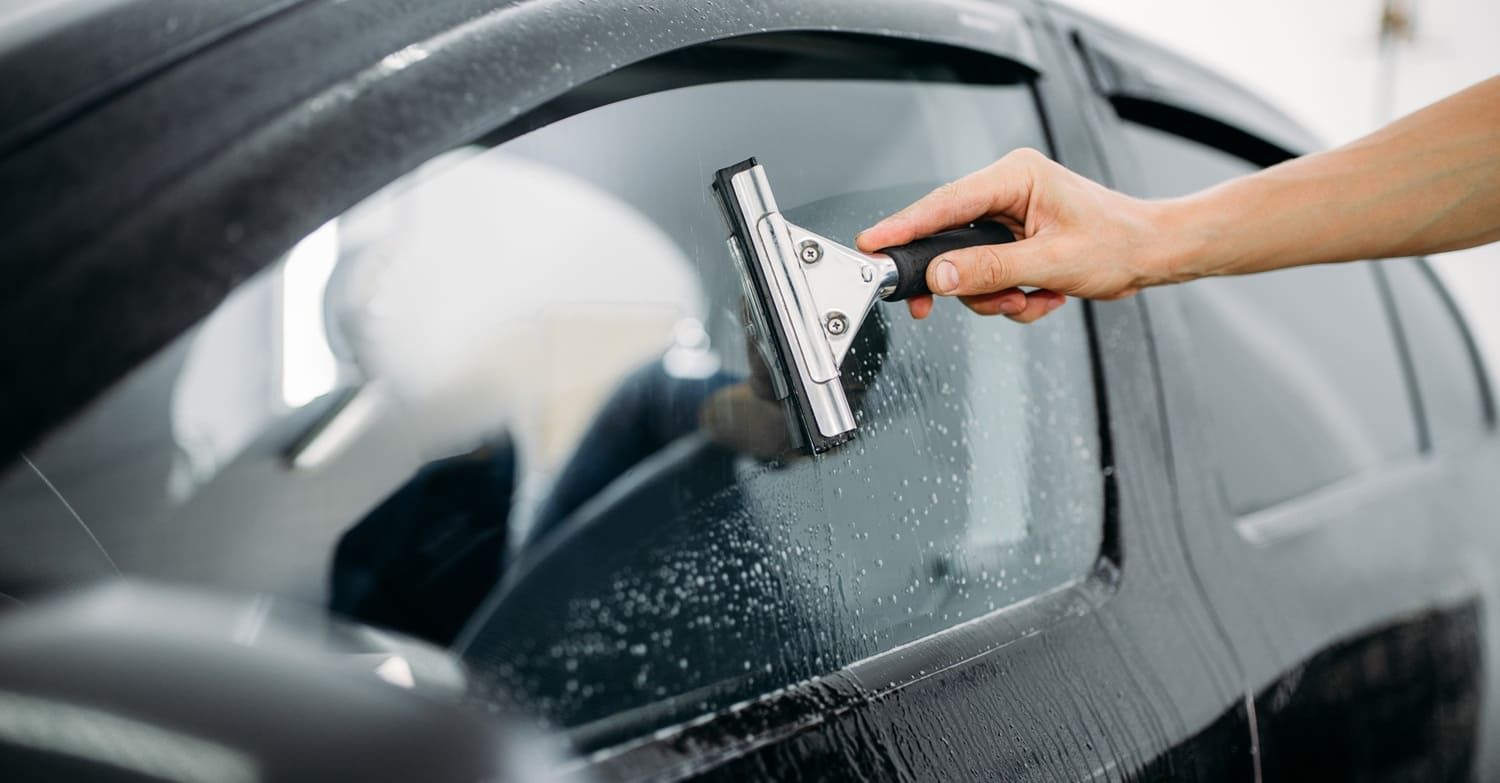Car Tinting Laws to Know Before Booking Service
Automotive tint laws vary widely from state to state and even from county to county. These laws are put in place to ensure safety on the road, both for the driver and for other motorists. Complying with these regulations not only keeps you on the right side of the law but also ensures that your vehicle remains safe for all road users. Understanding these laws can help you make informed decisions about how dark your car windows can be tinted, giving you peace of mind while driving.

Why Tint Laws Exist
Tint laws exist primarily for safety reasons. Dark windows can reduce visibility, which might make driving at night or in poor weather conditions dangerous. For instance, a driver may struggle to see pedestrians or other vehicles, increasing the risk of accidents. Law enforcement also needs to see inside the vehicle for routine checks, ensuring that there are no hidden dangers or illegal activities taking place. Thus, these laws strike a balance between personal privacy and public safety, allowing for a reasonable level of tint while ensuring that visibility is not compromised.
Key Terms to Know
When discussing tint laws, there are a few key terms you should be familiar with:
- VLT (Visible Light Transmission): This refers to the percentage of light that can pass through your car windows. A lower VLT percentage means darker tint. Understanding VLT is crucial as it determines how much visibility is maintained through the windows.
- Front Side Windows: Windows to the immediate left and right of the driver. These are often subject to stricter regulations as they are critical for the driver’s vision.
- Rear Side Windows: Windows behind the front side windows. These may have more relaxed tint regulations, allowing for greater privacy for passengers.
- Windshield: The front window of the car. This area is usually subject to the strictest regulations to prevent any obstruction to the driver’s view.
Car Tinting Laws: General Overview
In general, car tinting laws cover the allowable VLT for different car windows. They might also restrict the colors of the tint and reflectivity. It's important to note that while some states have uniform laws, others have different regulations based on the type of vehicle and its intended use.
Front Windshield
Most states have strict regulations on windshield tinting. Typically, only the top portion of the windshield, known as the "AS-1 line," can be tinted. This is usually a strip that does not obstruct the driver's view, providing shade from the sun without impacting safety. This regulation helps prevent glare from sunlight, which can temporarily blind drivers and lead to accidents.
Side Windows
Side window tint regulations often differ between the front and rear windows. For the front side windows, states usually require a higher VLT, meaning they allow more light to pass through. This is crucial for the driver's visibility and for law enforcement officers to see inside during a stop. Rear side windows often have more leeway for darker tints, offering enhanced privacy for passengers and belongings.
Rear Window
The rear window usually has the most lenient regulations, especially if the vehicle has dual side mirrors. Some states allow very dark tints for the rear window to enhance privacy, which is particularly beneficial for families and individuals who value discretion. However, even with leniency, it's essential to ensure that the tint does not affect the driver's ability to see clearly through the rearview mirror.
Florida Auto Window Tinting Laws
For those residing in Florida or planning to travel there, understanding Florida's specific auto window tinting laws is essential. Florida's climate, with its intense sunlight and high temperatures, makes window tinting a popular choice for many drivers.
Windshield
In Florida, non-reflective tint is allowed on the top four inches of the windshield. This helps reduce glare from the sun without obstructing the driver's view. The allowance of this strip provides comfort and protection from direct sunlight, which can be particularly harsh in Florida's tropical climate.
Front Side Windows
Front side windows in Florida must allow more than 28% of light in. This ensures that drivers can see clearly and that law enforcement can view inside the vehicle if necessary. The regulation strikes a balance between privacy and safety, allowing drivers to enjoy some tint benefits without compromising visibility.
Rear Side and Back Window
The rear side windows and the back window in Florida must allow more than 15% of light in. This allows for more privacy while still maintaining safety standards. The darker tint is especially useful for those who carry valuable items or wish to keep the interior cooler by blocking out more sunlight.
Additional Considerations
Florida also has rules regarding reflectivity and color. For instance, no tint color is specifically banned, but the tint should not be more reflective than a standard window. Reflective tints can cause glare for other drivers, so adhering to these rules ensures that your vehicle remains safe and compliant on the road.
Consequences of Non-Compliance
Failing to comply with tint laws can result in fines, mandatory removal of the tint, and even citations. In some cases, insurance claims can be affected if an accident occurs and illegal tinting is a factor. This can lead to increased premiums or denial of claims, adding to the financial burden. Therefore, ensuring your tint meets legal requirements is not just about avoiding fines, but also about maintaining overall vehicle safety and financial security.
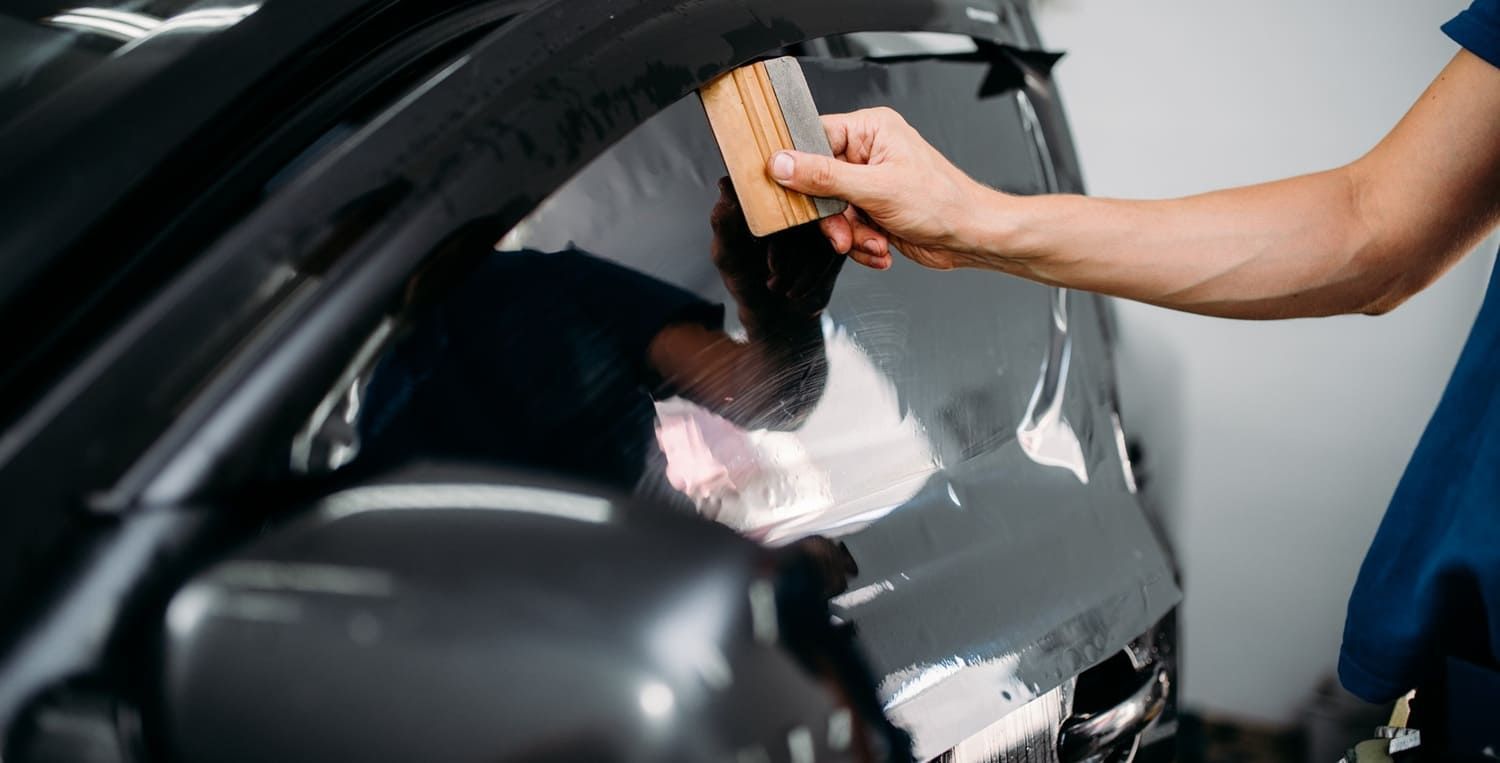
Tips for Choosing the Right Tint
If you're considering tinting your car windows, here are a few tips to help you choose the right tint:
- Consult Professionals: Always work with a professional tinting service that understands local laws. They can provide guidance on the best options for your vehicle while ensuring compliance with regulations.
- Research State Laws: Before deciding on a tint, research the specific laws in your state or any state you frequently travel to. This will prevent any legal issues and ensure that your vehicle is roadworthy across different regions.
- Consider Your Needs: Think about why you're getting the tint -- is it for privacy, aesthetics, or UV protection? This can influence your choice and help you select a tint that meets your specific requirements.
- Quality Matters: Invest in high-quality tint films that offer UV protection and durability. A good quality tint not only lasts longer but also provides better protection against the sun's harmful rays and enhances the appearance of your vehicle.
Conclusion
Leo’s Touch Window Tinting is your trusted provider of premium car window tinting installation serving Tampa, FL. We specialize in enhancing your vehicle’s appearance, comfort, and protection with professional-grade window films and expert service.
Car tinting can provide numerous benefits, from improving the look of your vehicle to protecting against harmful UV rays. Tinted windows offer comfort, privacy, and protection, making them a valuable addition to any vehicle. However, it's crucial to adhere to local tint laws to ensure safety and avoid potential legal issues. By understanding these regulations and choosing the right tint, you can enjoy all the benefits of tinted windows without any drawbacks.
Before you book your car tinting service, take the time to research and understand the relevant laws in your area. This proactive step can save you time, money, and hassle in the long run. Safe driving and enjoy the benefits of your newly tinted windows!
Contact Leo’s Touch Window Tinting today for a free estimate and expert tinting you can trust in Tampa!
FAQs: Understanding Car Window Tinting Laws Before Installation
Are window tint laws the same in every state?
No, window tint laws vary widely from state to state. Each state has specific legal limits for Visible Light Transmission (VLT), reflectivity, and which windows can be tinted—so it's important to check your local laws before tinting.
What is VLT and why does it matter?
VLT stands for Visible Light Transmission and refers to the percentage of light that passes through your tinted windows. A lower VLT means darker tint. States regulate VLT to ensure driver visibility and safety.
Is there a difference between front and rear window tinting laws?
Yes, many states have different rules for front, rear, and side windows. For example, front windows usually require lighter tint to allow clear visibility, while rear windows often allow darker shades.
Can I get a medical exemption for darker window tint?
Some states offer medical exemptions for individuals with conditions that require extra UV protection. To qualify, you typically need a physician's note and must submit a request through your state's DMV or similar agency.
What are the penalties for illegal tint?
Penalties vary by location but often include fines, required tint removal, or failing vehicle inspections. Multiple offenses may lead to higher fines or citations, so it's best to stay compliant from the start.
How can I ensure my tint job is legal?
Work with a professional window tinting service familiar with your state’s regulations. Reputable shops use legal films and can guide you on compliant tint percentages for your vehicle type and local laws.

